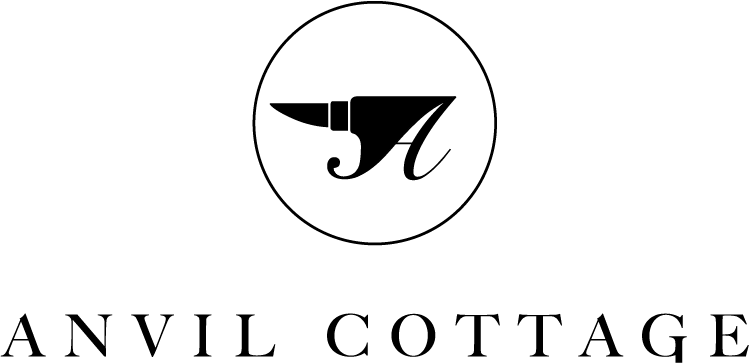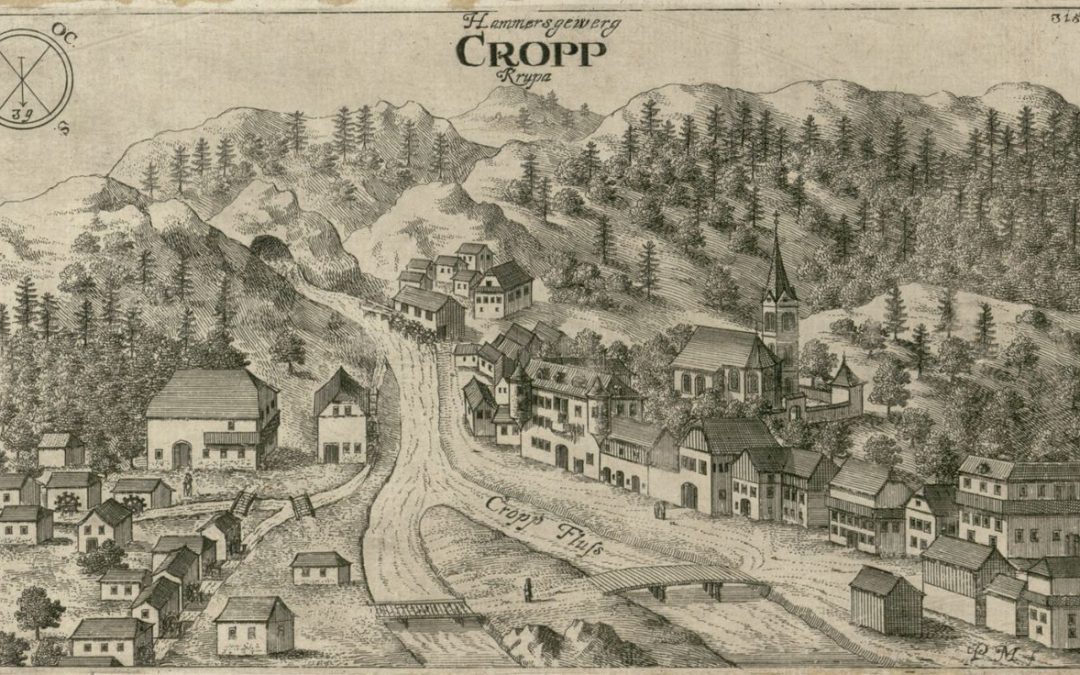The Basics
Kropa is a small town in the Upper Carniola region of Slovenia. It’s in the administrative region of Radovljica, a slightly larger town, about 10km away.
The town has been around since 1498 when it was known as Chropp or Krupp. According to Wikipedia, the name is believed to derive from the identical hydronym (now Kroparica Creek), first attested in 1481 as pach Khrappa or Khroppa, which has its source at Kroparica Spring (Slovene: Izvir Kroparice) above the settlement. The hydronym is derived from the Slovene common noun kropa ‘powerful spring’.
To most people Kropa would be considered a village, but as we are in Slovenia, Kropa (with it’s 800 people) is a medium-sized town. It is definitely not (as Facebook thinks) a city.
History
Whilst it’s hard to imagine a sleepier town than Kropa today, it hasn’t always been this way. Kropa is famous for as a centre of metalworking and its traditional smithies, which produce a variety of decorative metal fittings. The earliest furnaces actually in Kropa from the 14th century onwards and many of the large townhouses were home to various metal workers, their families and the iron barons who traded Kropa metalwork to places like Venice.
Today, Kropa still has a handful of skilled metal workers and an iron workshop that turns out gates, fences and other custom ironwork, but it’s no longer an industry that breathes fire into the local economy. Many of the skilled smiths have either died or gone into retirement and few young people stick around in Kropa to learn the skills of their ancestors.

